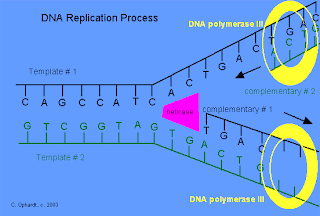
Like all otherorganisms,microorganisms also require food or nutrients for living,on which microorganisms are grown in the laboratory.These nutrients is known as culture medium and the growth itself is culture.Although all the microorganisms have the same basic requirements but there is diversity as to the use of organic and inorganic compounds.thus,culture media vary in form and composition depending upon the species to be cultivated.
The common ingredients found in culture media are agar,peptone,meat extracts,yeast extract,carbohydrates,mineral salts,buffers,pH indicators and water.
Culture media can be classified on the basis of chemical composition,use and physical state.
On the basis of physical state
Solid media:
Major solidifying agent is in solid state that contains agar.These media contains 1.5% agar.this form of media is mainly used in Petri dishes as plate cultures.They are used to observe the colony characteristics,size,shape of microorganisms and also for the isolation and enumeration.e.g.MacConkey agar,blood agar,etc.
Semisolid media
These media are gelatinous in nature with jelly like consistency.These are prepared by adding 0.2-0.5%agar to a fluid medium.These media are used for motility test and for different biochemical test.e.g.SIM media,Hugh and Leifson’s media.
Liquid media
It does not contain any solidifying agent or any agar.growth of the organisms are shown by the turbidity in the medium.Generally,liquid media are used for the propagation of a large number of microorganisms,for the transfer of microorganisms.e.g.peptone water,MacConkey broth,nutrient broth etc.
On the basis of chemical composition
Natural media
Those media whose chemical composition is not known are called natural media.It contain all necessary ingredients for growth of microorganisms,but they are in crude form.They are more useful for cultivating unknown bacteria,as it usually provides full range of growing factors such as amino acids,polypeptides,vitamins and minerals.
Synthetic media
Media prepared by adding precise amount of highly purified inorganic or organic chemicals to distilled water are synthetic media.So chemical composition is known in this media.This media are of great importance in studying the metabolic activity of microorganisms.Examples include enrichment media,Czapek and Richard’solution.
Semisynthetic media
The media of which chemical composition is partially known is as semisynthetic media.e.g.nutreint agar,PDA,Czapek Dox agar,etc.
On the basis of utility purpose
General purpose media
Selective media
Differential media
Enriched media
Enrichment media &transport media





















